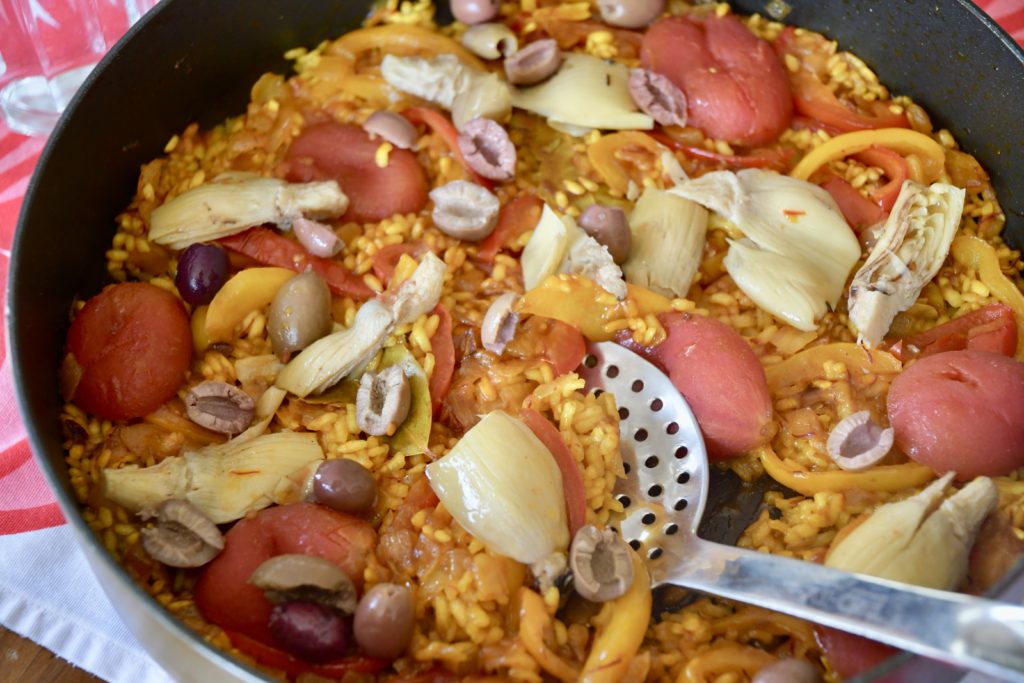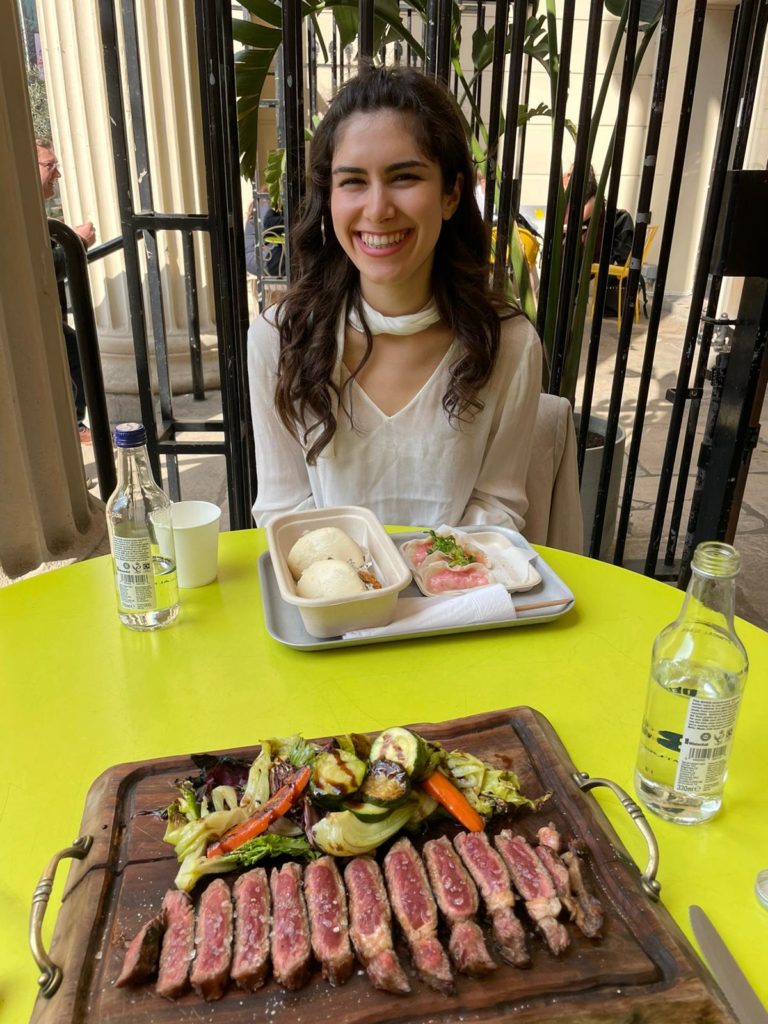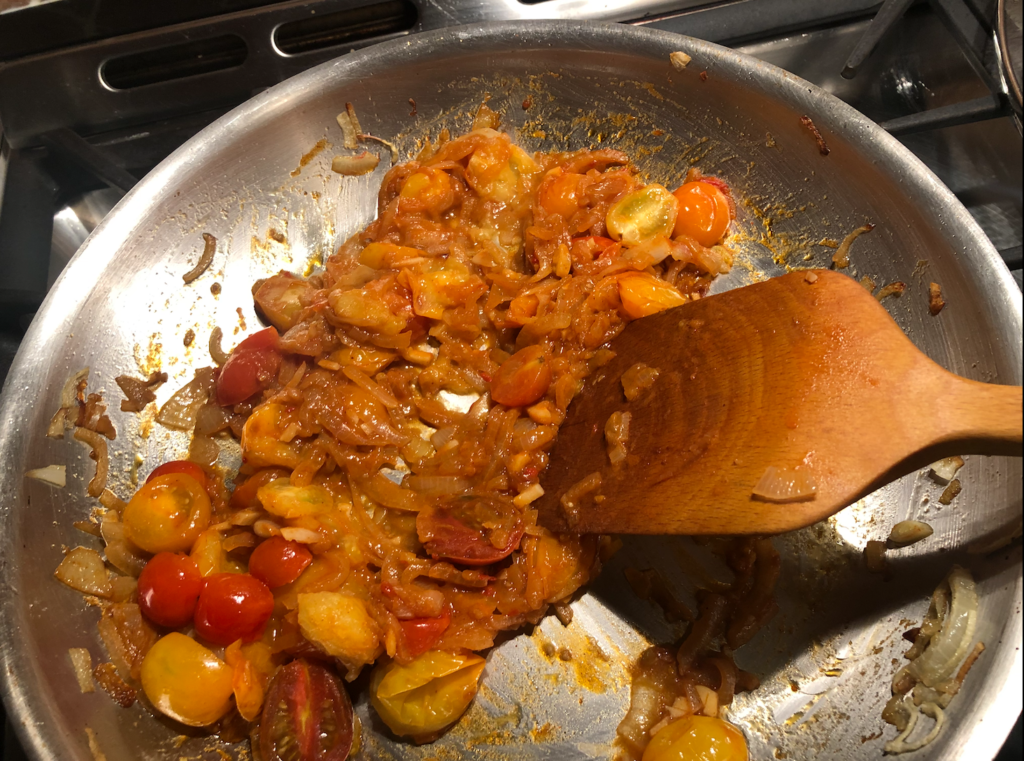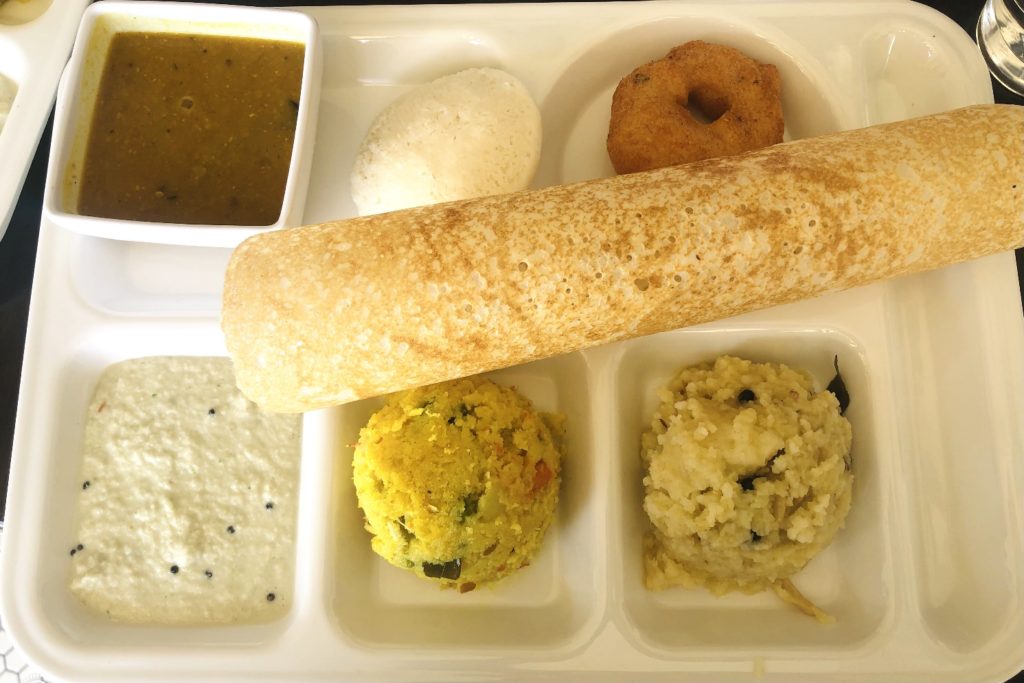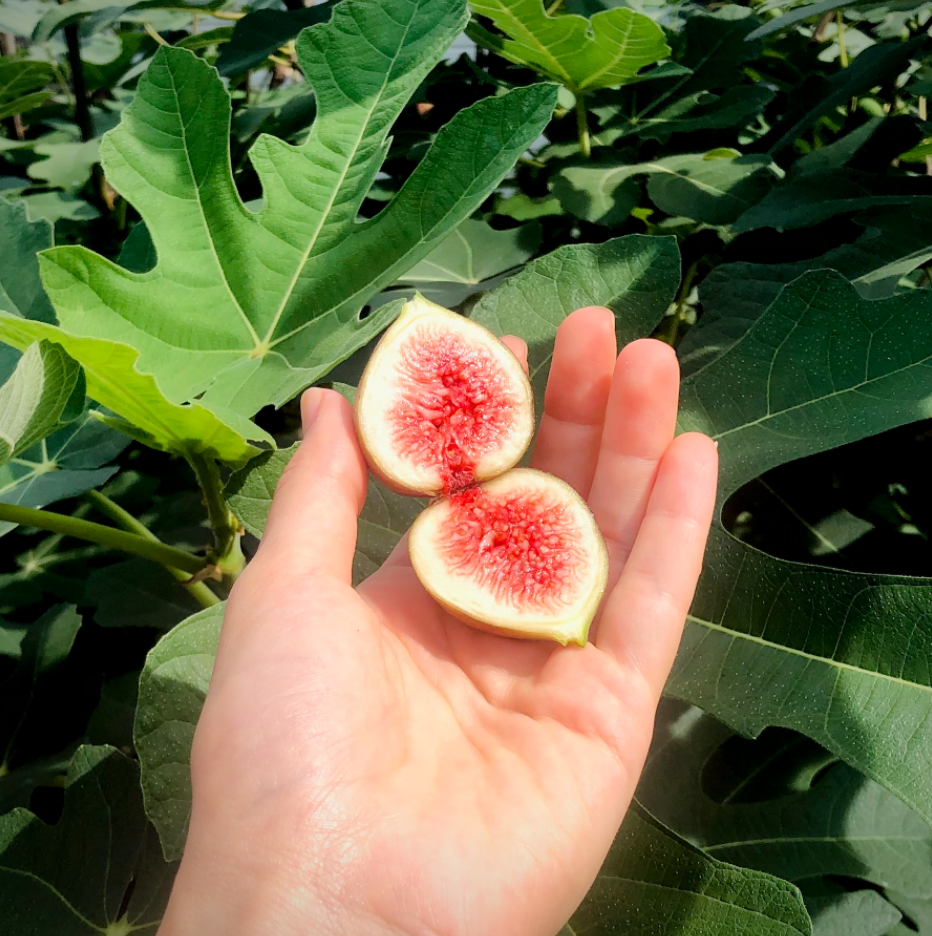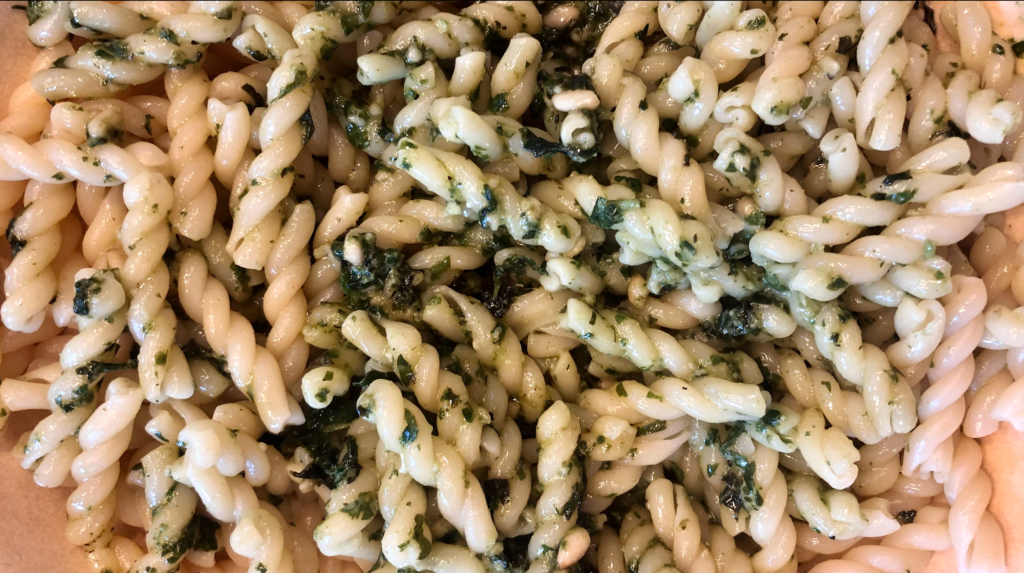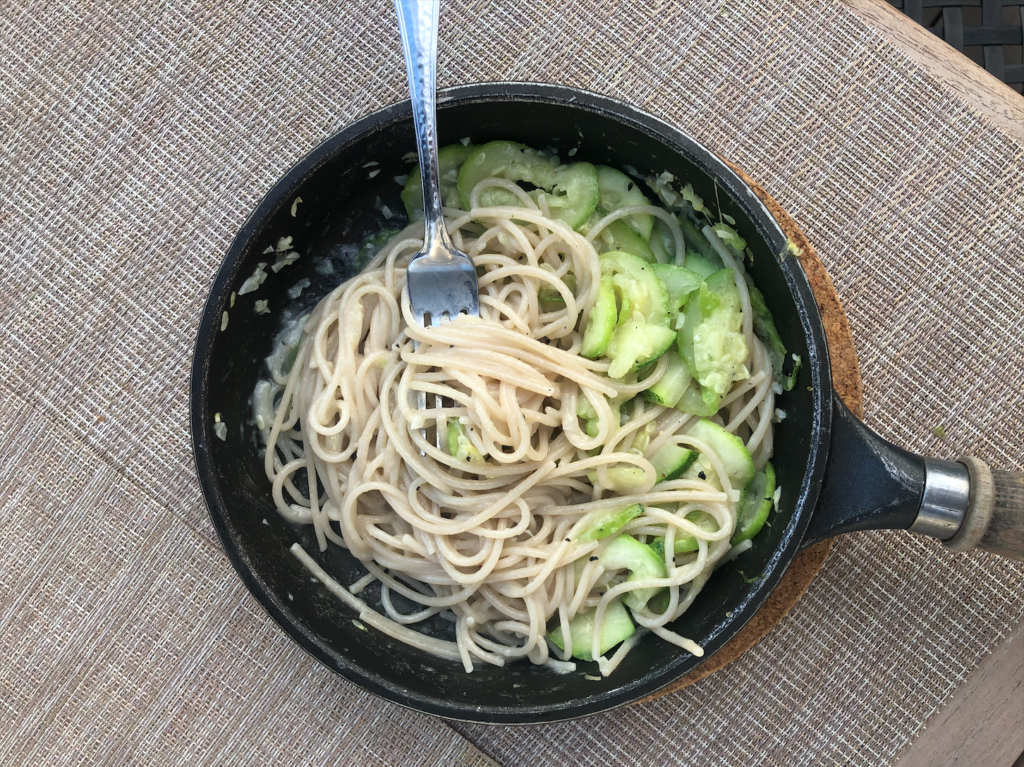This semester, I took a class called “Cities and Food” as part of my Nutrition minor. An anthropological class at heart, one of our assignments was to do a “thick description” of Boston’s Public Market and Haymarket. This included taking field notes, talking to vendors, and soaking up the scene. Read below for my theatrical take of the two markets!
To an outsider, the neighboring Boston Public Market (BPM) and the Haymarket almost appear to be synonymous. Despite their proximity, the markets are rather different. In the following analysis, I will delve into how the markets emulate a theatrical experience in their own ways to expose the evolving identity of Boston. Considering my habitual food provisioning joint is Stop & Shop, upon entering these different markets, I immediately feel like an actor shapeshifting into two divergent characters. This temporary metamorphosis, along with Jennifer Clapp’s framing of individuals as “actors” in the food system (2014), prompted the questions: how are consumers and vendors passive or active actors in this system? In particular, are there scripts one is expected to follow, which ones are said, and what happens if you don’t follow it?
By virtue of the theater analogy, the Haymarket can be likened to an immersive theater experience, where the audience (customers) become actors, and scripts mesh with improv.
Kayla steps into the market and is jostled into the spiralized jungle of sensory overload.
Vendor A yells (left stage): “2 (cartons) strawberries for $5! $10 at stores!”
Seconds later, the Vendor B bellows (right stage): “3 (cartons) strawberries for $5!”
Kayla’s head darts left to right.
Both on the vendor and consumer side, this is what the market does: bring out your Darwinian avatar for a chance to win at the survival of the fittest. As such, there is a multi-level competition at play. Firstly, part of the adrenaline rush is navigating swarms of people, whilst maintaining an eagle eye and mental tab of stalls with the best looking and best pricing of each produce. None of the stalls are labeled, so one must condition for the mental acuity of a memory map and precise facial recognition. Secondly, it’s a gritty experience that instigates a desire to score and earn the best deal that intersects a fine balance of freshness with cheapness. As a consumer, I flock to the cheaper priced produce, quickly assess and snatch the best looking of the bunch, and pay with cash without fumbling my physical money; I want to play “the efficient consumer” that vendors expect. Thirdly, the vendors not only compete with themselves, but also supermarkets – perhaps the “Radio City” equivalents of this theater parallel – which reveals an interesting stratification of individual vendors versus corporate ones. Flipping through a town newspaper or even Youtube, consumers can find coupons for the supermarket and even videos of new international imports (like Biscoff). The Haymarket vendors must prove not only to each other, but to the consumers of their uniqueness – all without the formal advertisements, labeled structure, and big bucks that supermarkets have. Intangibly, the words they choose sell.
Continue reading